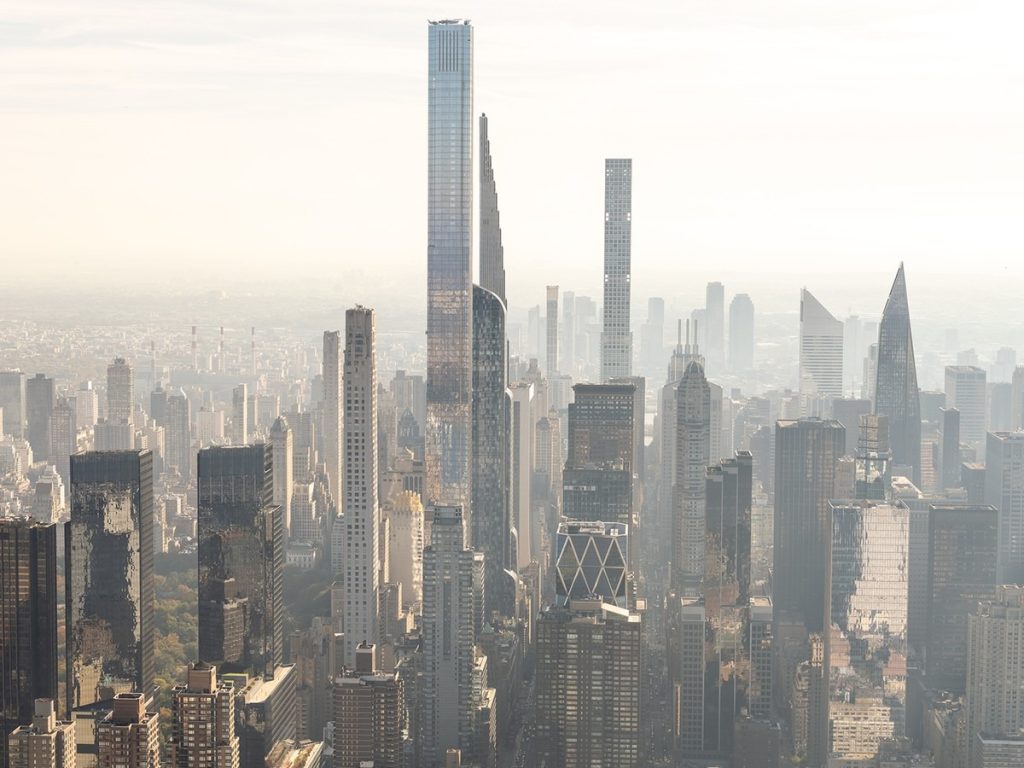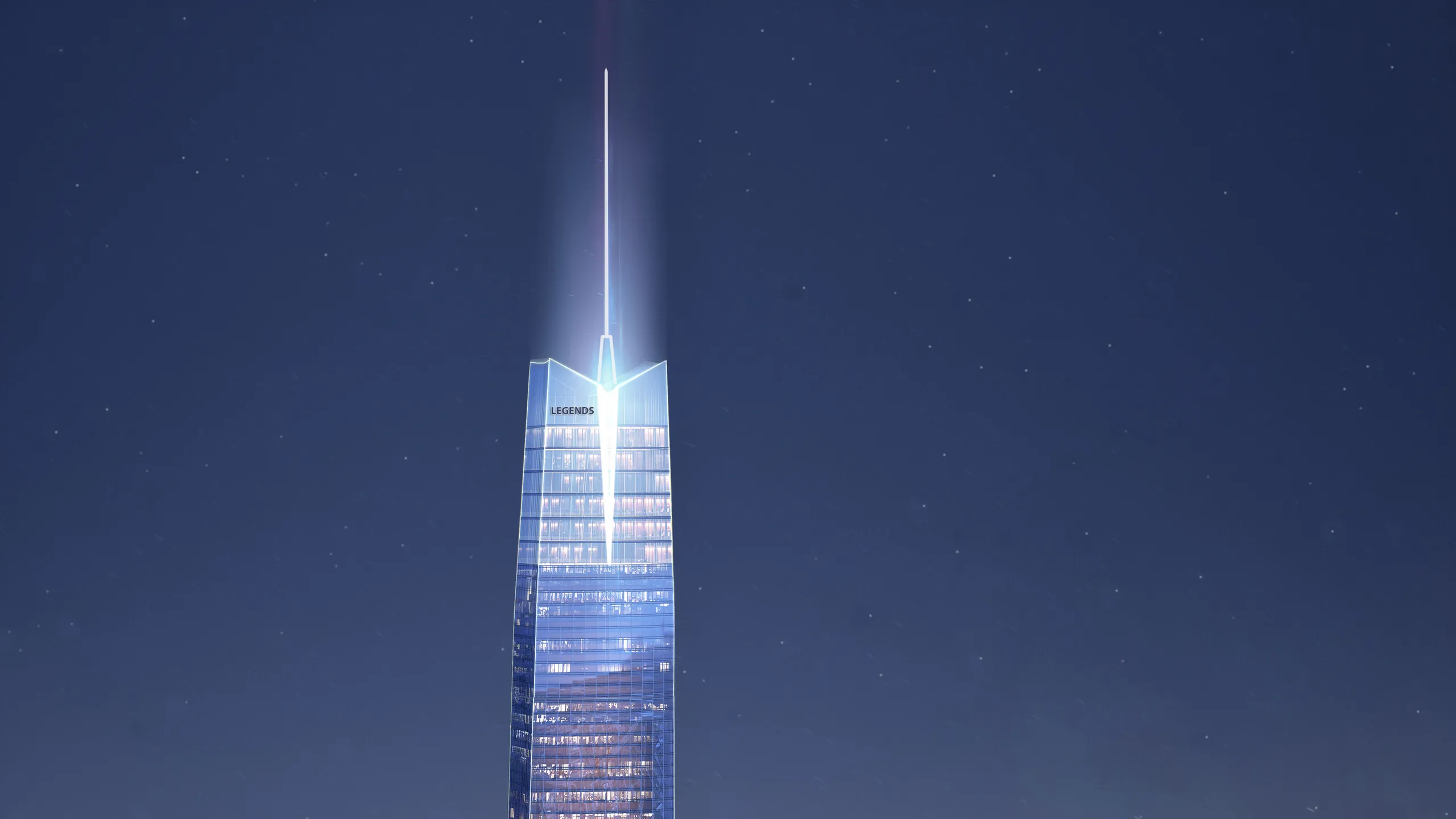
A new generation skyscraper has been planned in the USA: everything about the 1000 meter project
A new skyscraper designed for energy storage will become a landmark example of environmentally sustainable technologies in urban architecture. The project, which is already being called one of the most innovative in the world, is aimed at creating energy-efficient infrastructure that can significantly reduce the carbon footprint of megacities. The exact coordinates of construction are still kept secret, but it is already clear that this will be a powerful step towards an environmentally friendly future.
1000 meter high skyscraper: SOM and Energy Vault join forces to create innovative energy storage solution
Energy Vault, experts in the field of energy storage, together with the American architectural and engineering firm Skidmore, Owings & Merrill (SOM), is preparing to erect a battery building with a height of about 1000 meters, which could become the tallest in the world. SOM, known for designing many record-breaking skyscrapers, has teamed up with Swiss partners for this innovative project, as reported by CNN.
They proposed a concept for a skyscraper that would use a grid-connected electric motor to lift massive blocks during low energy periods.
These blocks will store electricity which is stored in the form of “potential” energy. At times of high demand, they will lower, releasing stored energy and converting it back into electricity.

Skyscraper design is a core competency of SOM. Its portfolio includes such iconic buildings as the 1 World Trade Center in New York and the Willis Tower in Chicago (formerly known as the Sears Tower), as well as the Burj Khalifa in Dubai, which at over 828 meters is the tallest structure on the planet.
“We see a unique opportunity to apply our expertise to build energy storage infrastructure that will help accelerate the transition away from fossil fuels,” said Bill Baker, consulting partner at SOM and the engineer responsible for the construction of the Burj Khalifa.
Energy Transformation: How Giant Skyscrapers Can Meet the Challenge of Efficient Energy Storage by 2050
According to the International Energy Association, to achieve goals of a zero carbon footprint by 2050, it is necessary to actively develop grid-tied energy storage technologies that can accumulate and release it as needed. Lithium-ion batteries, which are widely used in electric vehicles, cannot cope with this task alone, since their capabilities for long-term energy storage are limited.
Pumped storage hydropower, already proven to be an effective method for storing renewable energy, can solve this problem. Its essence is to use a turbine to pump water from a lower reservoir to an upper reservoir during periods of low energy consumption.
When demand suddenly increases, liquid from the upper reservoir flows down through a turbine and generates electricity. However, this method requires significant spatial resources and suitable hilly terrain.

The tower, designed by SOM and Energy Vault, has developed designs that include structure heights ranging from 300 to 1,000 meters and will feature hollowed-out structures, similar to elevator shafts, designed to move blocks. This will free up space for residential and commercial tenants.
Robert Piconi, CEO of Energy Vault, explained that the project will store several gigawatt-hours of energy, enough to power several buildings. Both Energy Vault and SOM are confident in the commercial viability of their solutions.
Energy Vault has completed a project in China that they call the world’s first commercial hydrogravity energy storage solution without pumps. This 150-meter structure, capable of accumulating up to 100 megawatt hours, is entirely dedicated to energy storage and is not intended for rental.
In the field of gravitational energy storage, height plays a key role: the taller a structure, the more effectively it offsets the carbon footprint associated with its construction and materials within two to four years. “If a high-rise building is planned, we simply optimize it to meet these requirements,” Piconi noted.
Between 1900 and 1999, 235 buildings exceeding 200 meters in height were erected worldwide, according to Daniel Safarik of the Council on Tall Buildings and Urban Habitat, as reported in a letter to CNN. Last year the number of such buildings increased to 179.